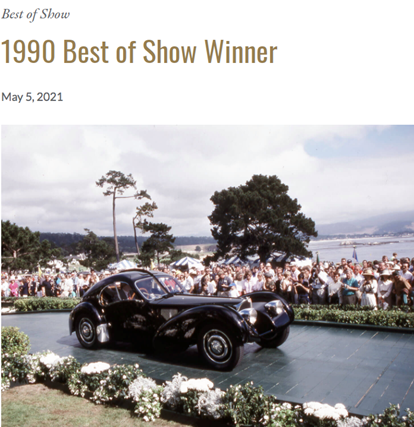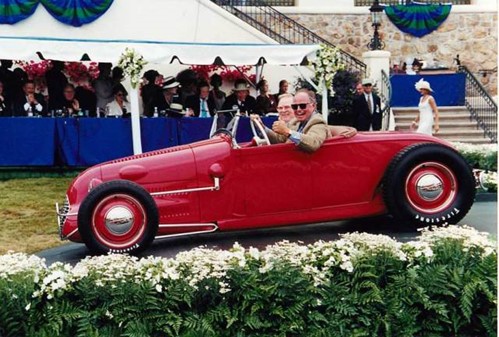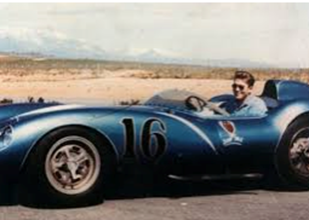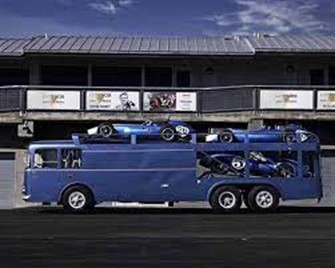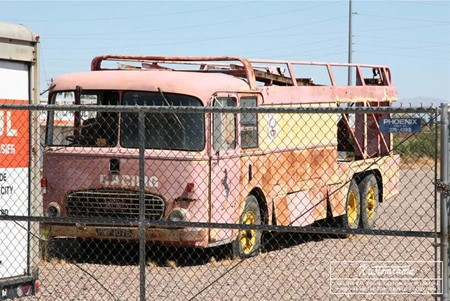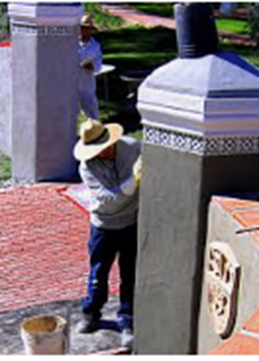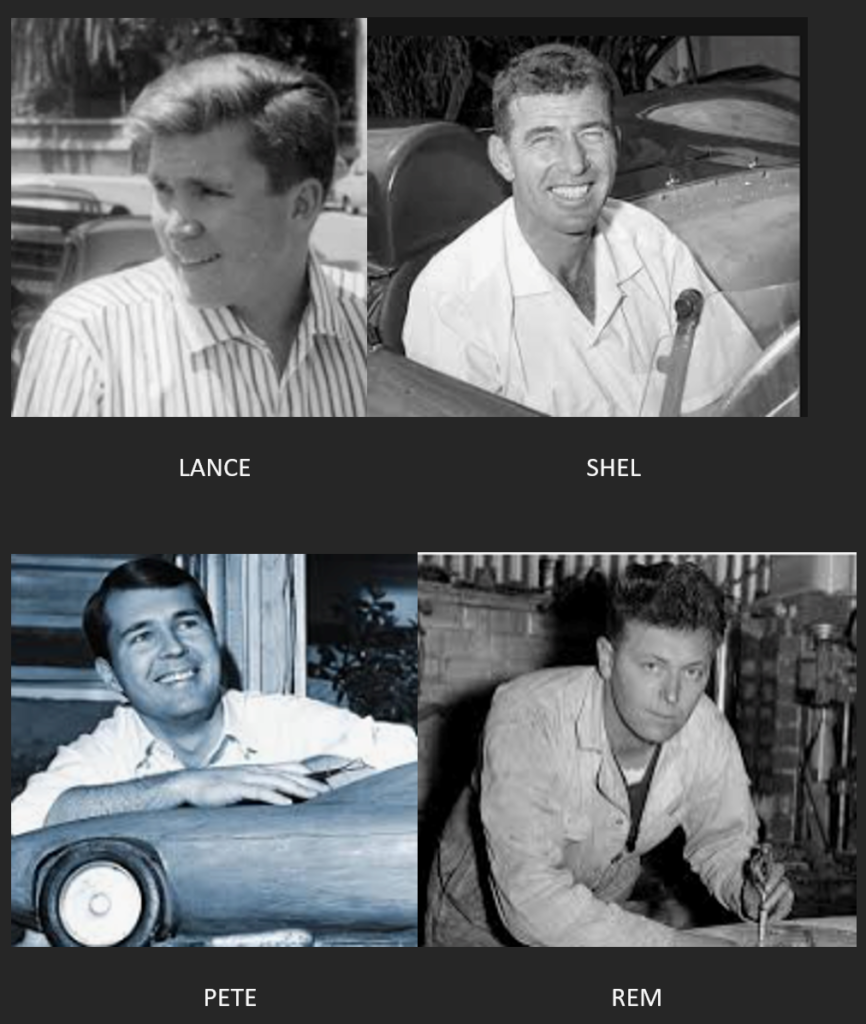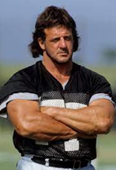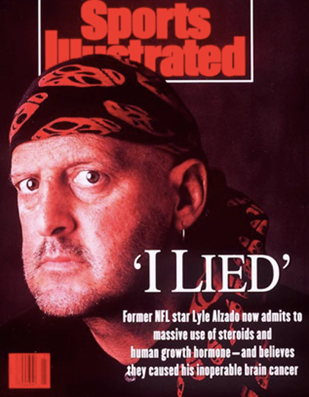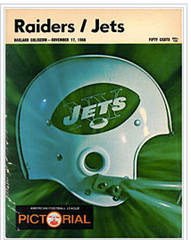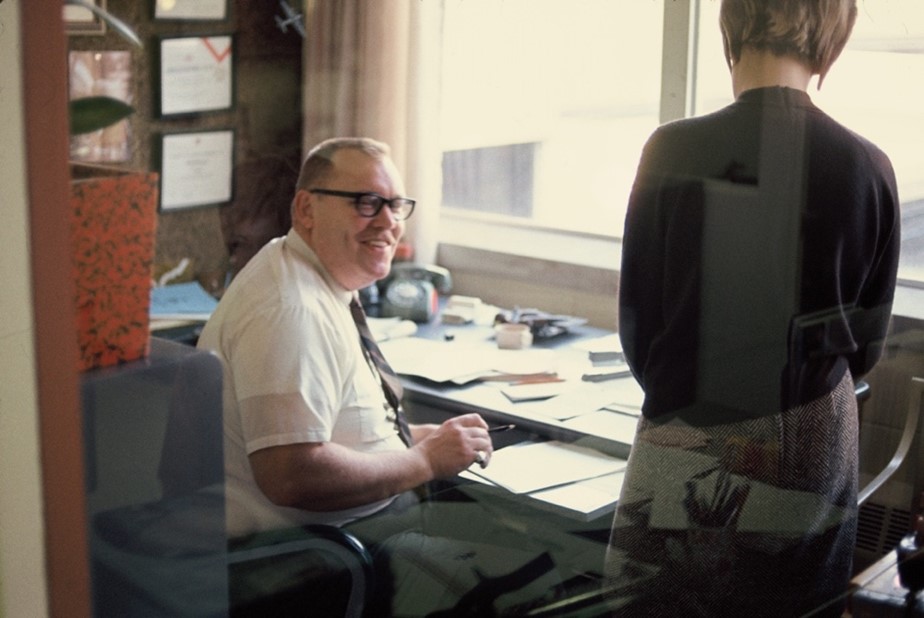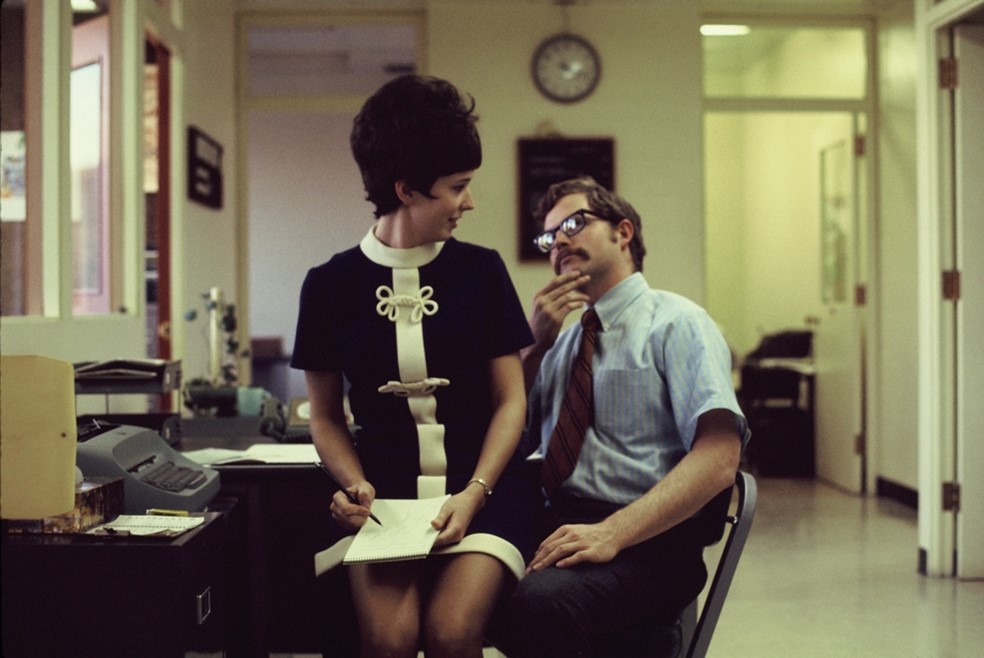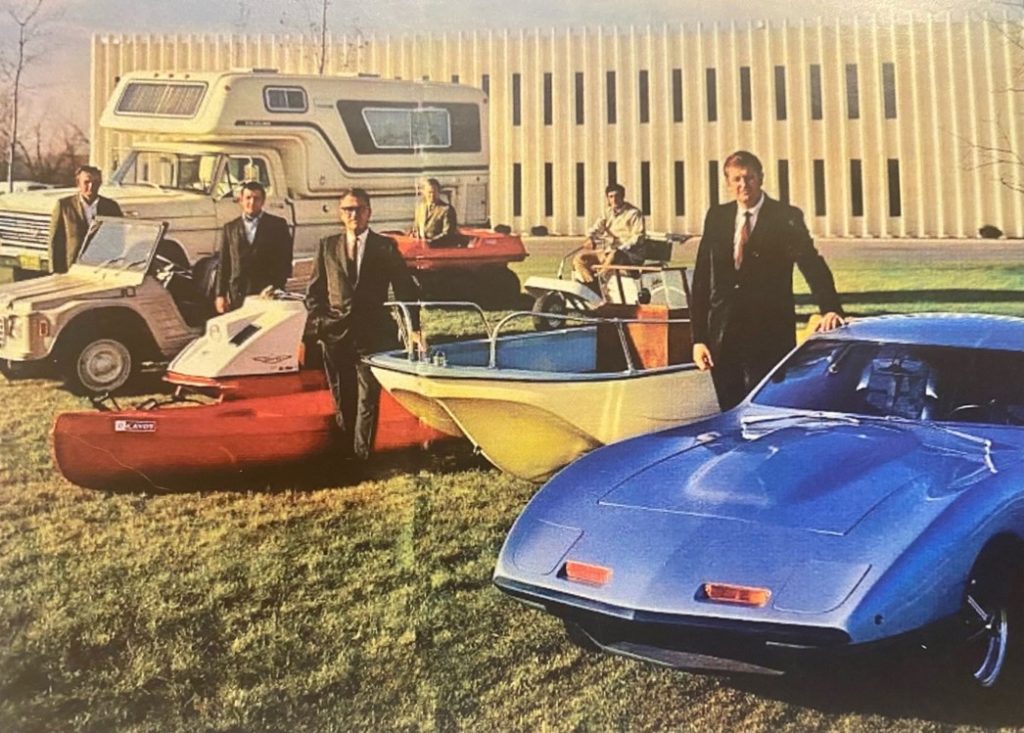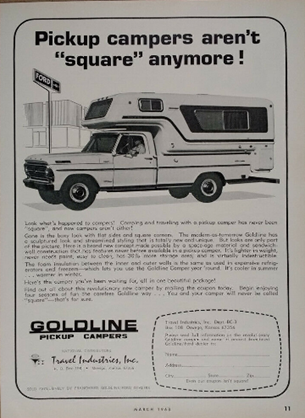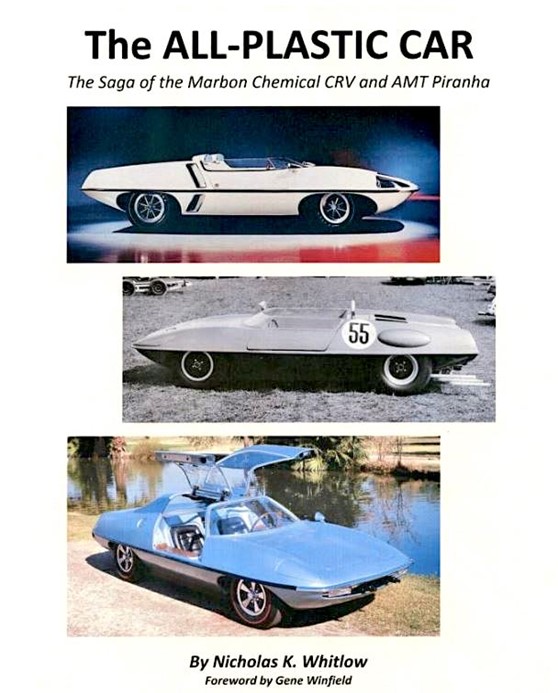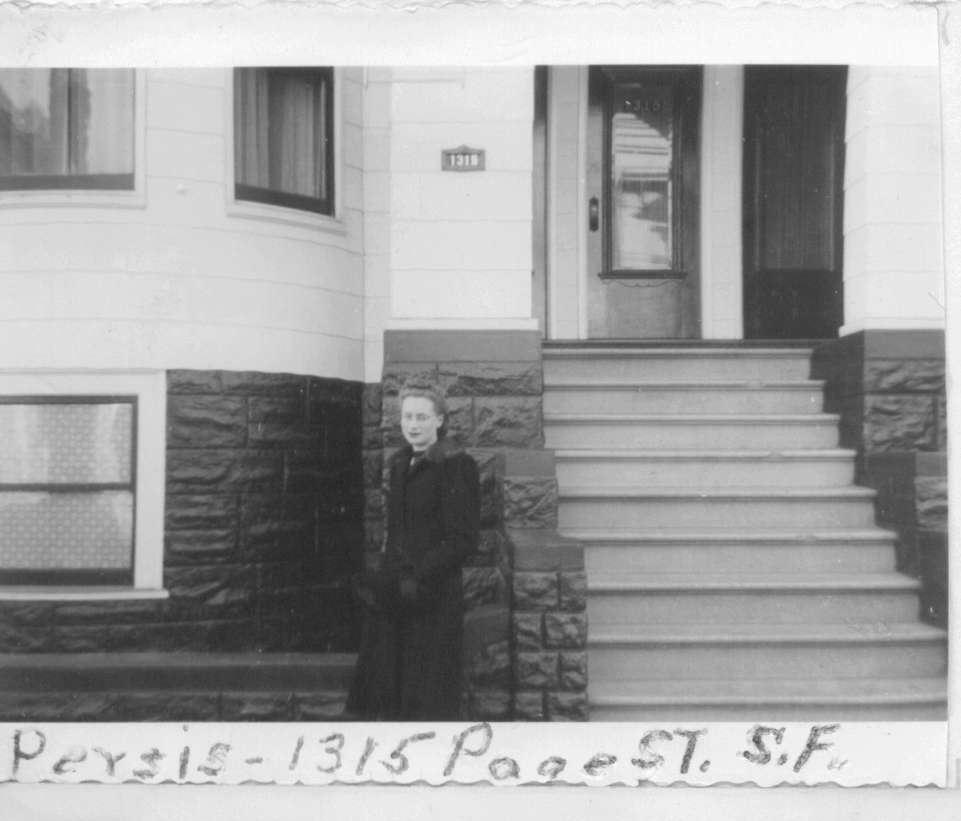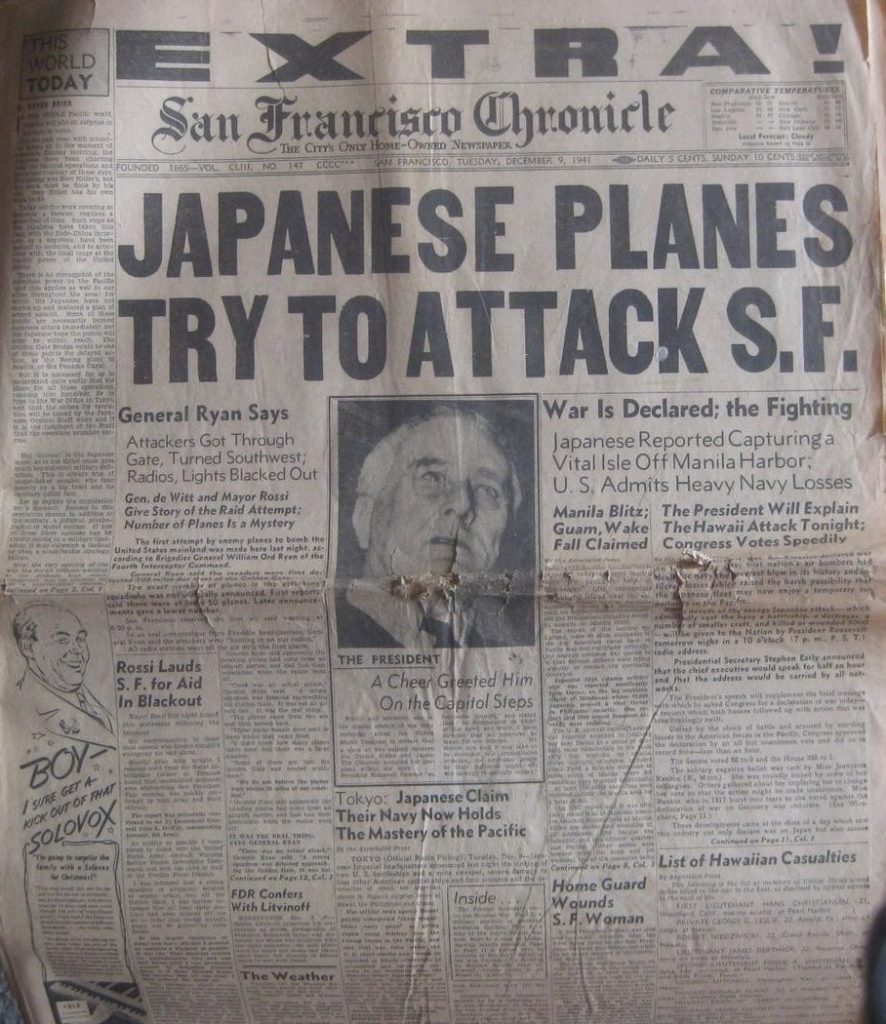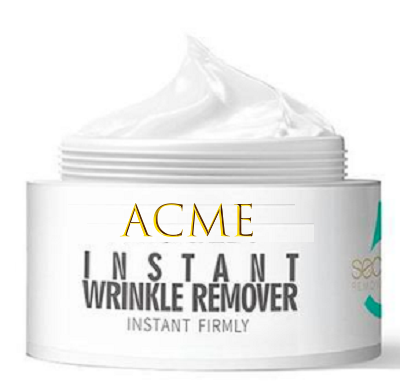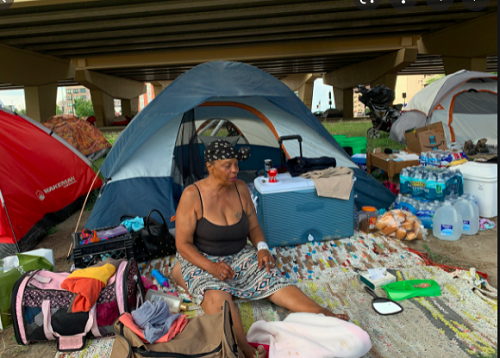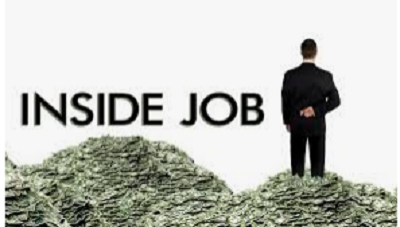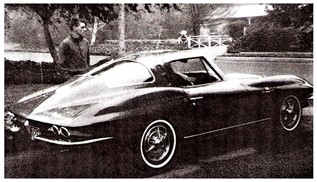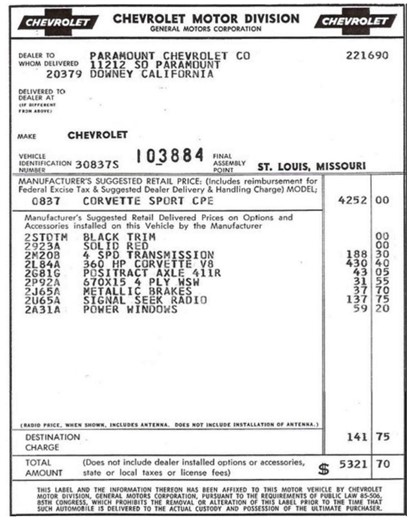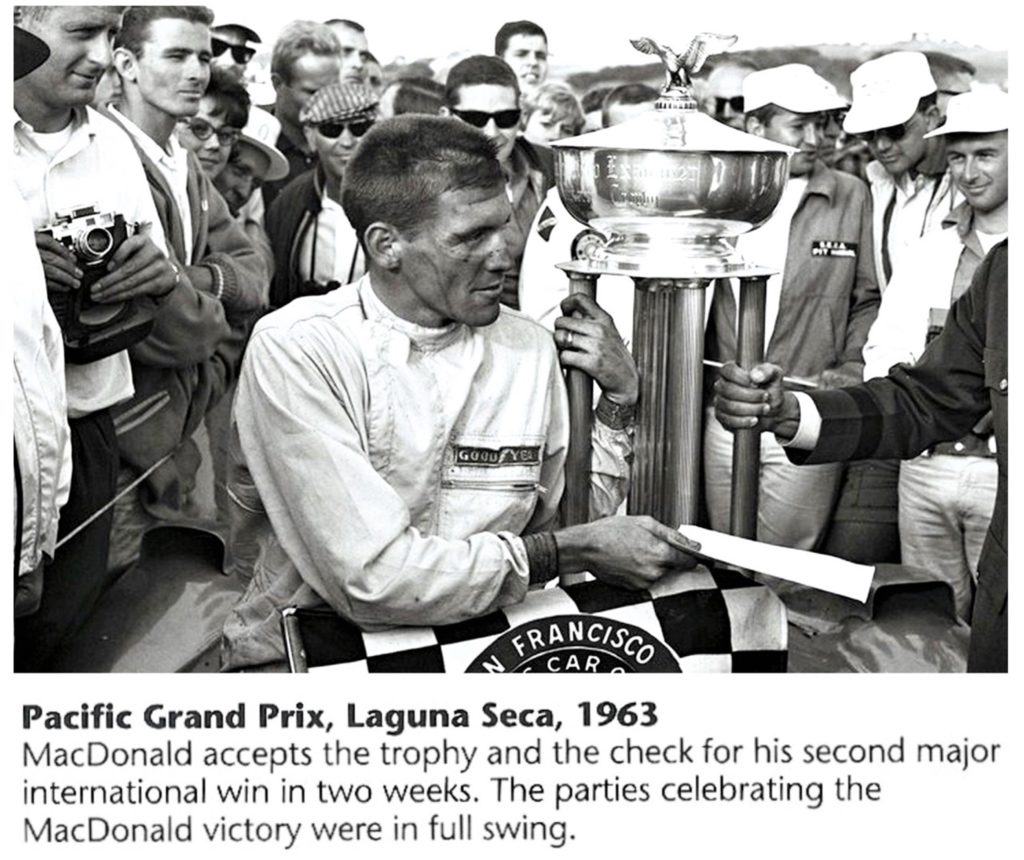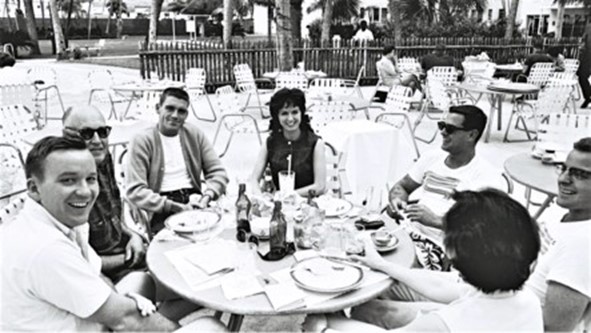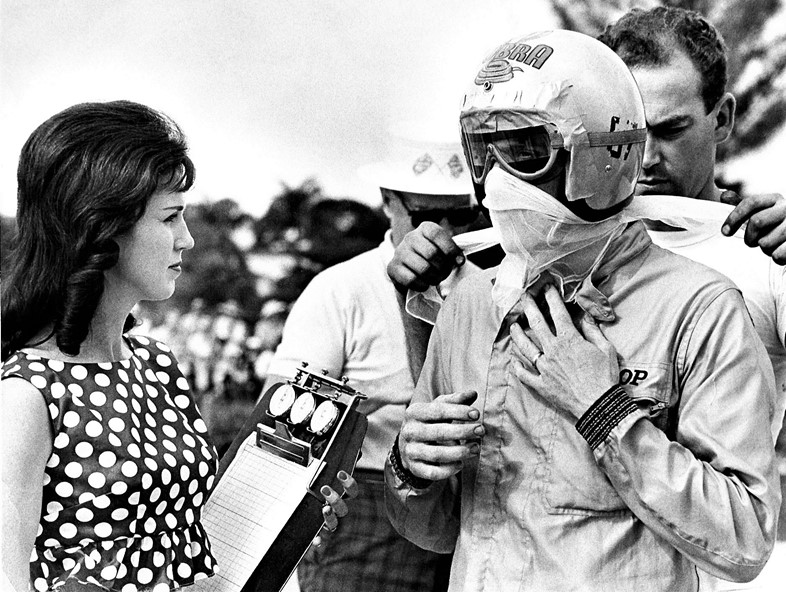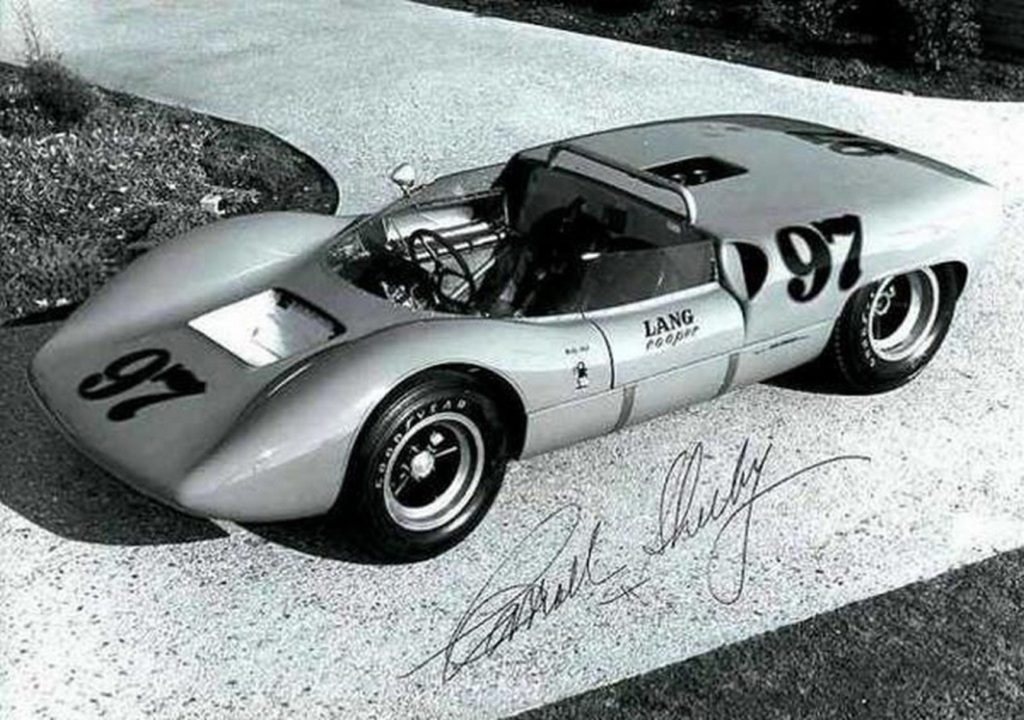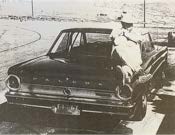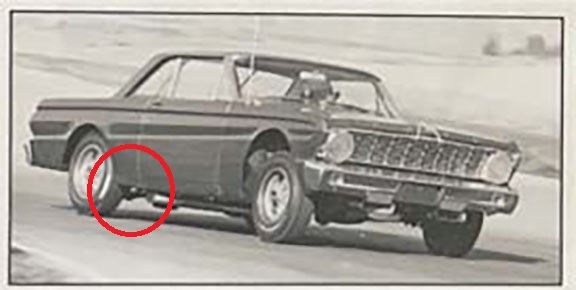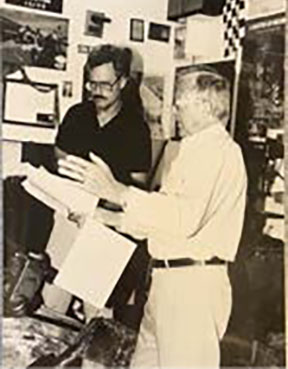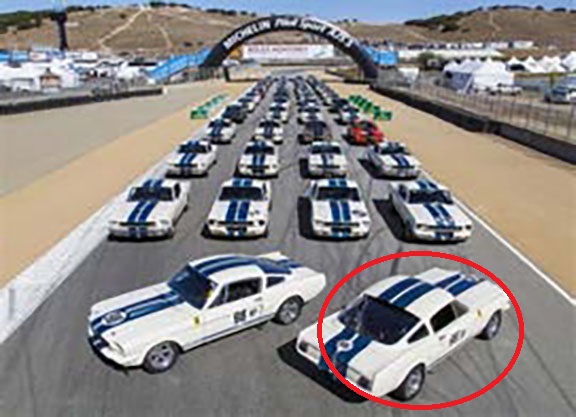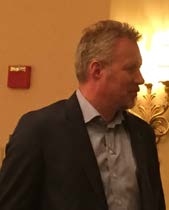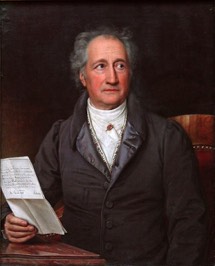“Daddy, I’d like to have a bed like that.”
Mikey and I were in a Sears store. There was a kid’s bed with plywood sides, painted on tires and some automotive decals stuck on it.
“Yeah, that’d be cool, but we could make one way better than that,” said Daddy, taking the bait hook line and sinker.
At the time I had Bob Lazier’s championship Formula Super Vee race car in my garage, along with bunches of spares, tires, wings, gas cans, etc.
In the 8 years I lived in Vail, Bob went from an also ran in the Super Vee (VW powered) series to 1981 ROOKIE of THE YEAR at Indy. I was privileged to be a part of that journey.
We’ll just rearrange all those spares into a race car bed!
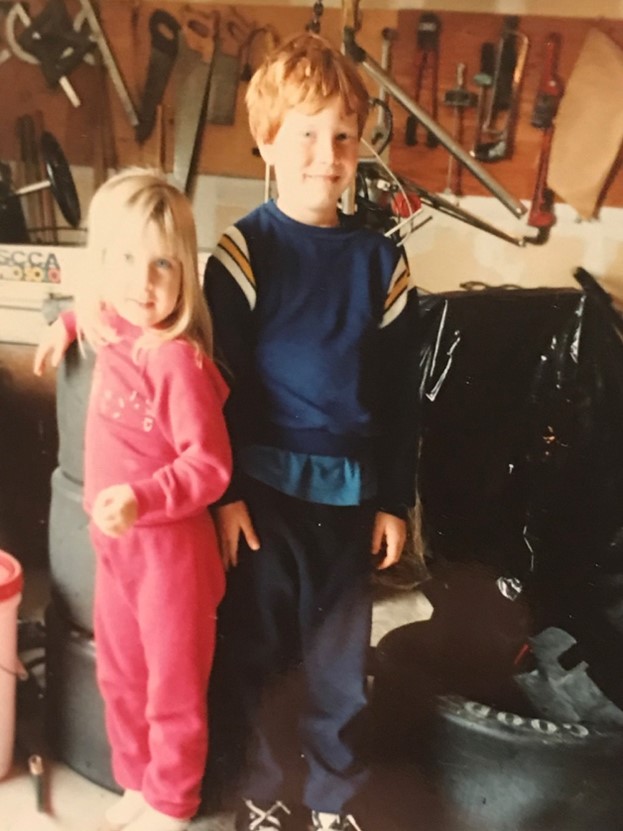
I was working at Van Waters & Rogers chemical company at the time, managing their warehouse, tank farm, and Will Call desk, so I knew a few of the boat builders, airplane guys, etc. around town. Saturday mornings after my run up the canyon, I’d go by a shop or two for a little dumpster diving. End pieces of fiberglass rolls that were not worth saving on a big project were perfect for me. Price was right too.
A couple of sketches, a bunch of cardboard, some foam … this is getting out of control … and it won’t take much time, effort or money either.
Sure.
Summer evenings in the garage became winter nights in the garage, and the garage became a full-on fiberglass body shop… kid size.
Finally it was almost done. Ford Blue spray paint, some REAL sponsor decals, this is looking good! Who else has real magnesium (not aluminum) competition only wheels on his BED for cripes sake? Mom made some custom sheets to fit the custom foam mattress, and we found some race car looking pajamas. I’ll bet we could be in a car show!
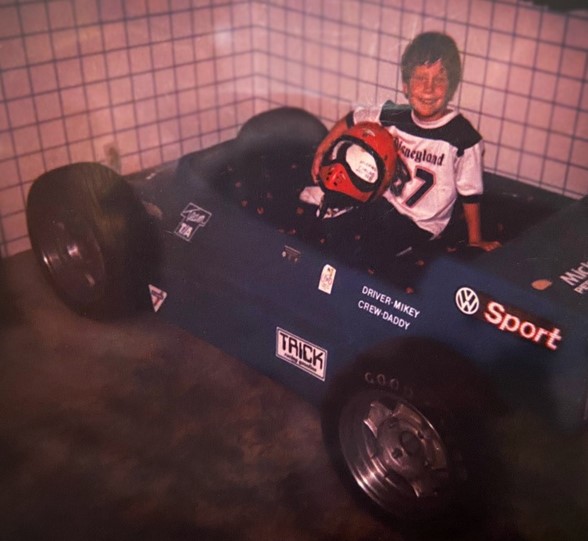
The Salt Lake AutoRama was happening in early March, so I visited the organizers and asked if they’d like to have a Championship Porsche powered race car, and a way cool RACE CAR BED in their show. It turns out there is a category for Non-Motorized Specialty Vehicles. “Sure, we’d love to have ya,” they said.
We all had a great time. The only memorable incident happened as I was pushing the Super Vee out onto the show floor during the Monday night load in. Mikey was standing in the seat working the steering, and an old biker-looking guy was watching us. Never seen him before or since. As we went by, he looked me in the eye and said “You’re gonna have trouble with that one. ” It was one of those moments when the universe warps a bit, and you get a peek into the future.
Turns out he was dead right, well almost dead… Mikey had sustained thirty eight broken bones, some many times. Thirty eight pain med prescriptions, leading to addiction, then to street drugs, and the whole world that that brings. Methadone saved us, barely.
But ya know, with all those negatives, I think there were a few positives too.
The show ran Tuesday thru Saturday. Mike and I arrived about 8:00 PM Saturday evening for the load out, and there was a nice ribbon hanging on the bed. We won the Non-motorized Division. Cool! A note said the trophy presentations would be in a small auditorium starting around 9:00. That was way past Mike’s bedtime, but we decided to stay anyway. Seated on the front row, I told Mikey we would have to go up on stage to get our trophy from the trophy queens, and would he like me to go up with him?
“NO WAY! I can handle this!”
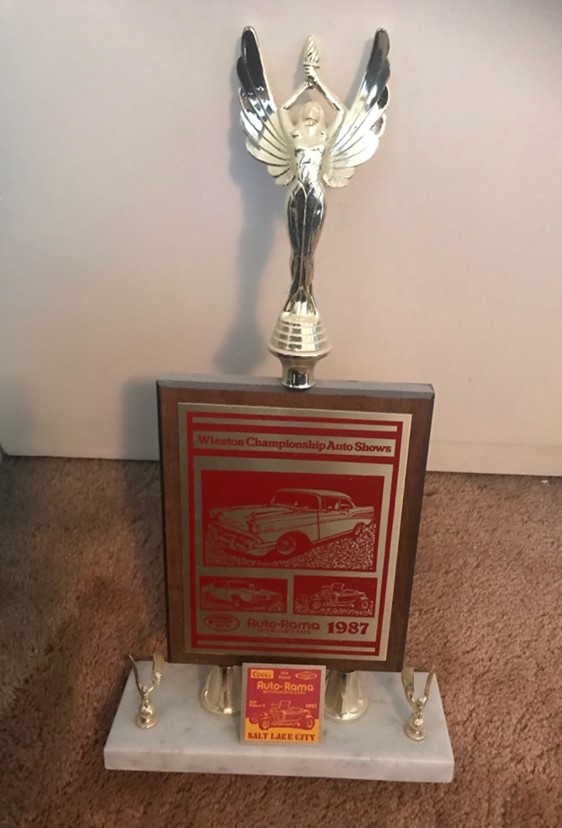
Mike’s name was called, and he walked onto the stage where the spike heel and bikini clad girls (one on each side) gave him his trophy. It was about as tall as he was. When the girls bent over to give him a kiss, the bikers and other assorted road trash in the back rows went nuts. Come on you guys!
As we were driving home Mikey quietly asked me, “Daddy, why did those ladies have their swimming suits on?”
“Umm, I don’t know Mike. Maybe they were all going swimming later? Ask Mom. I bet she’ll know.”
Mom let Mikey sleep ‘til about 10:00 AM, then took him to school with the trophy to show to his classmates. Not sure if they ever did have the swimsuit discussion.
When friends came to visit, Mikey always showed them his race car bed, but about the 6th or 7th grade he was too tall to fit it. The bed was dismantled and put into the attic of Mom’s garage to await (hopefully) a grandkid who would want it. No luck so far.
Both Mikey and Shelley were adopted through the Mormon Church, and with the availability of commercial DNA tests they have each been able to track down their “bio parents.” You hear stories of scandal, lives disrupted, reputations ruined, etc. etc. but I think that’s the exception. Our experience has been one of acceptance, love, joy, and two new sets of cousins, grandmas, and uncles who all love having a new family member. And he looks like us too. Well, duh…
One of the families has a five year old boy, named Michael, who has Attention Deficit Disorder ( A.D.D. — that’s Mikey) who’s had more broken bones than he has birthdays (yep — Mikey). It’s our Michael redux except for the red hair.
Plans are to resurrect the Race Car Bed. We wrapped the mattress, sheets and pillows in plastic before we stashed them so it should clean up pretty well.
We’ll see what the Mom involved thinks of the bed (Moms always make those kinds of decisions) and we’ll see if the little guy likes it too.
Do you think they’ll have trouble with that one? God, I hope not.
Until next time, thanks for listening.
Duane

